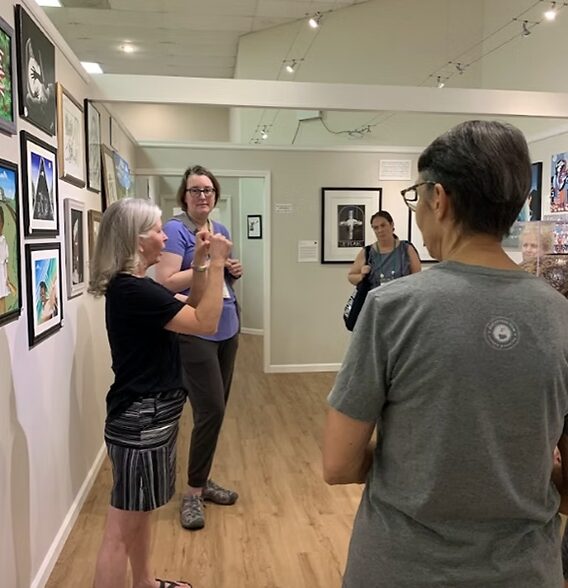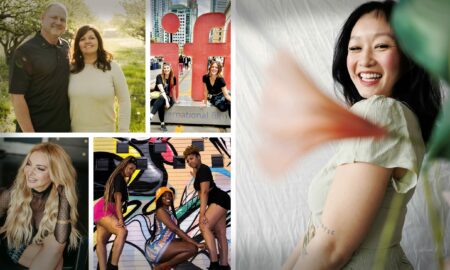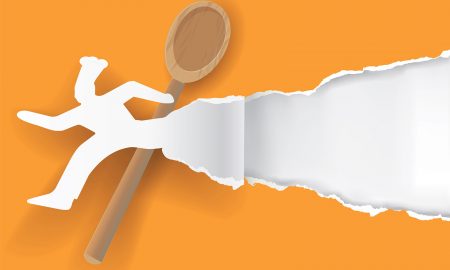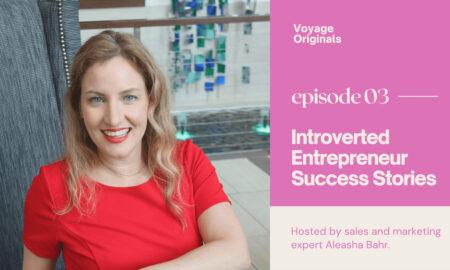

Today we’d like to introduce you to Chriz Dally.
Hi Chriz, thanks for sharing your story with us. To start, maybe you can tell our readers some of your backstory.
Our Story: From a Roadside Sign to a Cultural Beacon
It began in the 1980s with something simple—a highway sign.
When a marker went up along I-35 pointing travelers toward the Kansas School for the Deaf (KSD), something unexpected happened. Cars began pulling off the highway. Visitors stopped by the school, curious not only about KSD, but also about Deaf history, art, and culture. Their questions revealed a deep need for a place where these stories could be shared and celebrated.
A group of Deaf and hearing Kansans, with the City of Olathe’s strong support, answered that call. In 1988, they founded the Kansas School for the Deaf Foundation, later renamed the Kansas Educational Foundation (KEF). Just a few years later, in 1991, an opportunity arose—a vacant lot directly across from KSD was listed for $40,000. The group seized the moment, purchasing the land with a vision of building a home for Deaf culture in Kansas.
For the next decade, they poured their energy into fundraising and planning. Their dream became reality on September 29, 2001, when the new Deaf Cultural Center opened its doors to the public. Museum exhibitions followed in 2005, giving life to the center’s mission of preserving and celebrating Deaf heritage.
As the organization grew, so did its name and reach—becoming the Deaf Cultural Center Foundation in 2009, and later, in 2017, officially adopting the name Museum of Deaf History, Arts & Culture (MDHAC) to reflect its expanding vision. In 2018, the Chuck Baird Art Gallery was inaugurated, honoring one of the most influential Deaf artists and marking a new era for Deaf expression in the arts.
The story continued in 2023, when the Deafhood Foundation entrusted all its programs, including the Deafhood Institute, to MDHAC—uniting shared missions under one organization dedicated to celebrating the fullness of Deaf experience.
What began with a roadside sign has grown into a national beacon—a place where Deaf history lives, and Deaf futures begin.
Alright, so let’s dig a little deeper into the story – has it been an easy path overall and if not, what were the challenges you’ve had to overcome?
It hasn’t always been smooth sailing. Like most small museums, we’ve had our share of challenges—keeping steady funding coming in, maintaining our building, and, after COVID, rebuilding a volunteer network that keeps things running behind the scenes.
We’ve also experienced the natural ebb and flow of board leadership that comes with a community-driven organization. Still, every challenge has reminded us why MDHAC exists—to preserve Deaf history and culture for future generations. The road hasn’t been easy, but it’s been meaningful every step of the way.
Alright, so let’s switch gears a bit and talk business. What should we know?
About the Museum of Deaf History, Arts & Culture (MDHAC)
The Museum of Deaf History, Arts & Culture—known as MDHAC—is unlike any other museum in the world. We are the first and only independently governed museum (not affiliated with a school or government agency) in the United States—and possibly the world—dedicated entirely to Deaf people, their history, language, and culture.
At MDHAC, we celebrate the Deaf experience not through a medical lens, but through a cultural and human one. Everything we do is built around three powerful pillars: History, Arts, and Culture.
History is told through Deaf narratives in our William J. Marra Museum, where self-guided and Deaf-guided tours invite visitors to see how Deaf people have shaped—and continue to shape—American life.
Arts come alive in our Chuck Baird Art Gallery, the only known permanent gallery in the world devoted exclusively to Deaf artists working within the De’VIA genre—art that expresses the Deaf experience through affirmation, resistance, and liberation. Our National Youth De’VIA Art Competition further inspires the next generation of creators.
Culture thrives through our educational programs, from the Deaf Culture Series and Hands-On immersive activities to the Deafhood Institute, where ideas and identity are explored in depth.
What truly sets MDHAC apart is the way we connect people. Whether Deaf or hearing, signer or non-signer, child or senior, every visitor finds a space to learn, connect, and belong. Our programs reach people locally, statewide, and across the nation—and occasionally far beyond U.S. borders.
Through this shared understanding, we strengthen our collective humanity by uplifting diversity, confronting oppression, and advancing social and economic justice. As Deaf scholar Dr. Paddy Ladd once wrote, “Deaf people are the world’s first global citizens… who possess the gift of languages that can express and connect humans in ways that spoken language cannot even begin to rival.”
That belief is at the heart of our brand. MDHAC stands as a beacon for Deaf cultural leadership—where Deaf history lives, and Deaf futures begin.
Any big plans?
MDHAC is entering an exciting new phase of growth, guided by our commitment to expand how Deaf history, arts, and culture are shared with the world.
In the years ahead, we hope to develop a traveling exhibition for America 250, bringing Deaf stories into the national conversation as the country commemorates its 250th anniversary. This initiative would allow us to collaborate with museums, schools, and cultural centers nationwide—giving more people the opportunity to experience Deaf perspectives as an integral part of the American story.
Closer to home, one of our biggest goals is to redevelop our current museum exhibitions—modernizing interpretation, design, and accessibility so that Deaf and hearing visitors alike can engage with Deaf history in fresh, interactive ways. This work is part of a broader effort to improve our facility and digital access, ensuring the museum remains welcoming, inclusive, and relevant for generations to come.
We are also continuing to strengthen the Deafhood Institute as a national learning hub—offering classes, workshops, and consulting that deepen understanding of Deaf identity, language, and cultural frameworks.
Looking forward, MDHAC’s vision remains steadfast: to serve as a beacon of Deaf cultural leadership, where Deaf history lives, Deaf art thrives, and Deaf futures are imagined and built together.
Pricing:
- Free Admission
- $10 per person for private Docent Tour (minimum $20)
- $9 per person for Immersive HandsOn Experience (minimum is $85 for less than 10 people)
- Deafhood Institute program offerings (call for pricing)
Contact Info:
- Website: https://www.MuseumofDeaf.org
- Instagram: @TheDeafMuseum
- Facebook: @TheDeafMuseum
- LinkedIn: https://www.linkedin.com/company/deafhood-institute/about/













